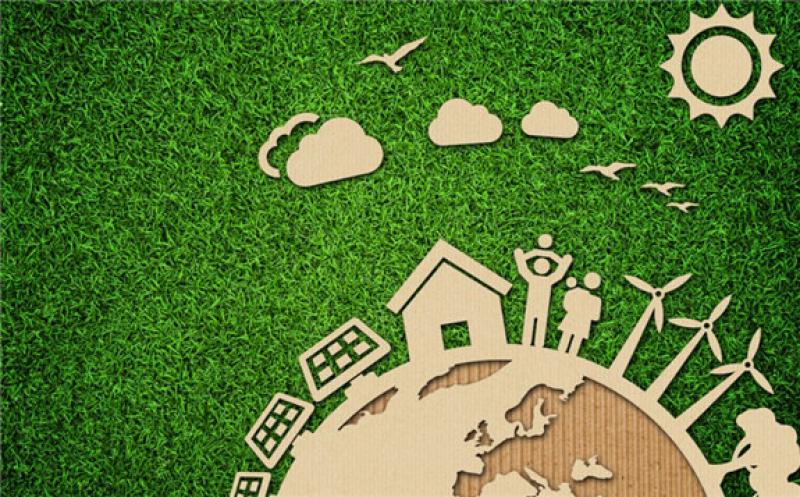The International Renewable Energy Agency (IRENA) has identified green hydrogen as one of the five technology pillars which can contribute to cutting global carbon dioxide emissions by at least 70% by 2050.

In its latest Global Renewables Outlook, IRENA says that green hydrogen can offer a solution for types of energy demand that are hard to directly electrify and can be produced further into hydrocarbons or ammonia, which can help reduce emissions in shipping and aviation.
The report as a whole looks at advancing the renewables-based energy transformation as an opportunity to meet industrial climate goals through building on five technology pillars of electrification, increased power system flexibility, conventional renewable sources, green hydrogen, and foster innovation to address challenging sectors.
Francesco La Camera, IRENA’s Director-General, commented, “IRENA’s Outlook shows the ways to build more sustainable, equitable and resilient economies by aligning short-term recovery efforts with the medium-and long-term objectives of the Paris Agreement and the UN Sustainable Development Agenda.”
“By accelerating renewables and making the energy transition an integral part of the wider recovery, governments can achieve multiple economic and social objectives in the pursuit of a resilient future that leaves nobody behind.”
According to the outlook, low-carbon investment would pay off, with savings of eight times more than costs. The report also says that the climate-safe path would require cumulative energy investments of $110 trillion by 2050 but achieve full carbon neutrality would add another $20 trillion.
The outlook also looks at energy and socio-economic transition paths in ten regions worldwide. Despite varied paths, all regions are expected to see higher shares of renewable energy use, with Southeast Asia, Latin America, the European Union and Sub-Saharan Africa poised to reach 70-80% shares in their total energy mixes by 2050.
Similarly, electrification of end uses like heat and transport would rise everywhere, exceeding 50% in East Asia, North America and much of Europe. All regions would also significantly increase their welfare and witness net job gains in the energy sector despite losses in fossil fuels.
In the outlook, IRENA highlighted that raising regional and country-level ambitions will be crucial to meet interlinked energy and climate objectives and harvest socio-economic welfare.
Stronger coordination on international, regional and domestic levels will be equally important, the Outlook concludes, with financial support being directed where needed including to the most vulnerable countries and communities.